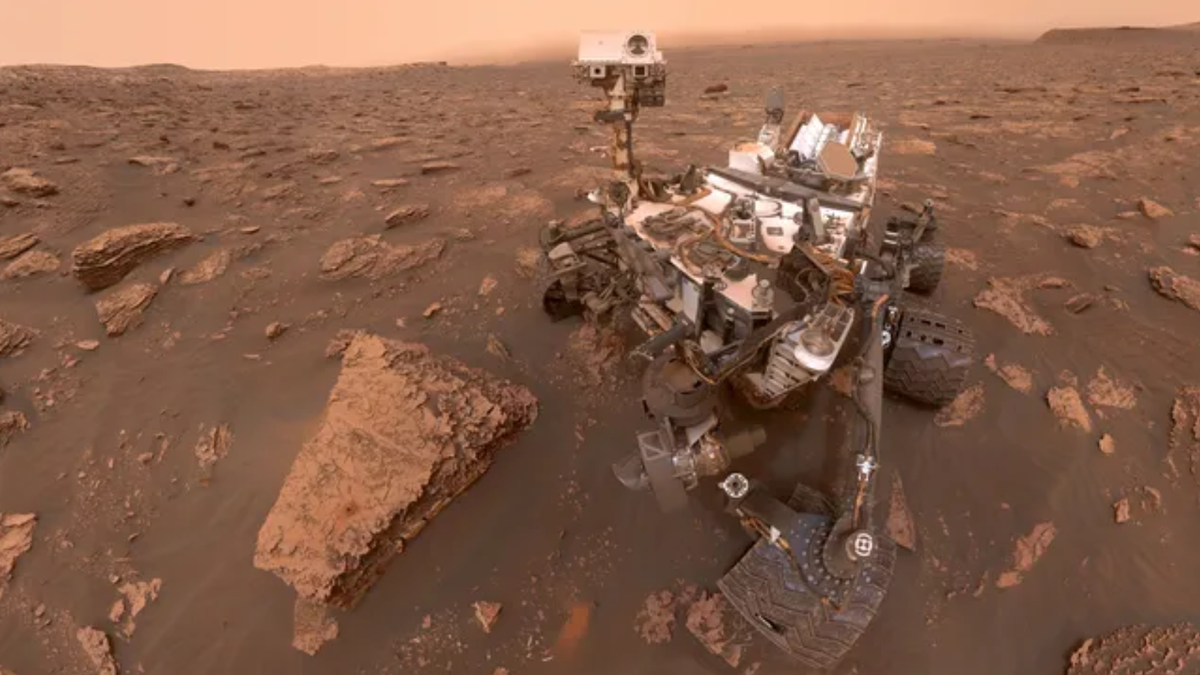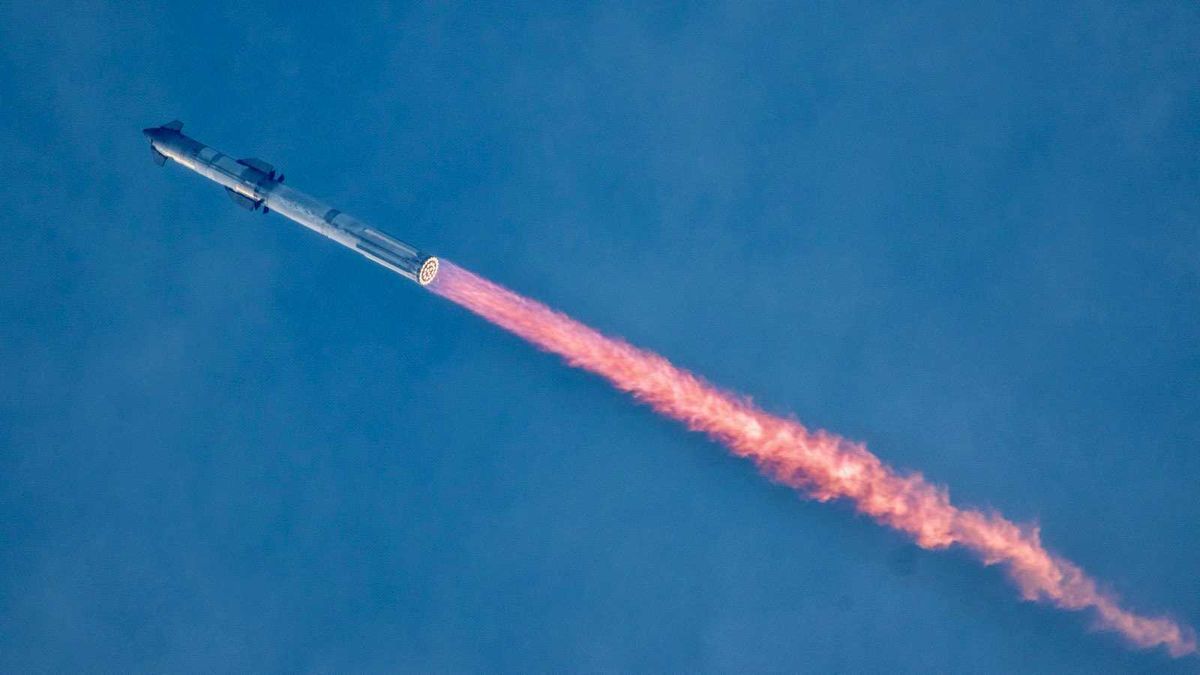Stellar Pairing: Waxing Crescent Moon and Pleiades Star Cluster
Witness a spectacular celestial event tonight as the four-day-old waxing crescent moon aligns just below the Pleiades star cluster, also known as Messier 45 or M45. Positioned a mere 3 degrees apart, equivalent to a few finger widths when extending your arm, this close proximity allows for a breathtaking view through binoculars or a telescope with a low-magnification eyepiece.
The moon and the Pleiades will be visible together as the sun sets, continuing to grace the night sky until shortly after midnight local time. By then, the moon will have shifted in front of the dazzling stars of the Pleiades, capturing a mesmerizing scene for observers.
The Splendor of the Pleiades Star Cluster
Residing within the constellation Taurus, the Bull, the Pleiades star cluster stands out as one of the most beloved asterisms in the nocturnal canvas. Although only the brightest stars within M45 are discernible to the naked eye, this cluster encompasses more than 1,000 stars in its entirety.
Characterized as an open star cluster, the Pleiades consists of a loosely-bound assembly of stars that share similar age ranges. Scientists estimate that these stars range between 75 and 150 million years old. In comparison to globular clusters housing thousands to millions of stars, open star clusters usually contain hundreds to thousands of stars.
A recognizable feature in the night sky, the Pleiades are often referred to as the “Seven Sisters,” originating from a Greek myth where the seven daughters of Pleione and Atlas transformed into doves, soaring into the heavens to elude the hunter Orion.
Simultaneously lighting up the sky near the moon and the Pleiades, Jupiter emits a radiant pale yellow luminosity beside the horns of Aires, the Ram, spanning a little more than a fist’s width at arm’s length.
As the moon progresses through its waxing phase, leading up to its first quarter phase on Sunday, March 17, and ultimately reaching full phase on March 25 with the Full Worm Moon alongside a penumbral lunar eclipse, stargazers are urged to seize this opportunity to witness such celestial marvels.
- Exploring Astrophotography and Stargazing
- If you aspire to catch a glimpse of the Pleiades adjacent to the crescent moon or any other celestial phenomena, our comprehensive guides on the best telescopes and best binoculars offer valuable starting points. For enthusiasts eager to capture the beauty of the night sky through photography, our guides on how to photograph the moon, the best cameras for astrophotography, and the best lenses for astrophotography serve as indispensable resources.
Image/Photo credit: source url





